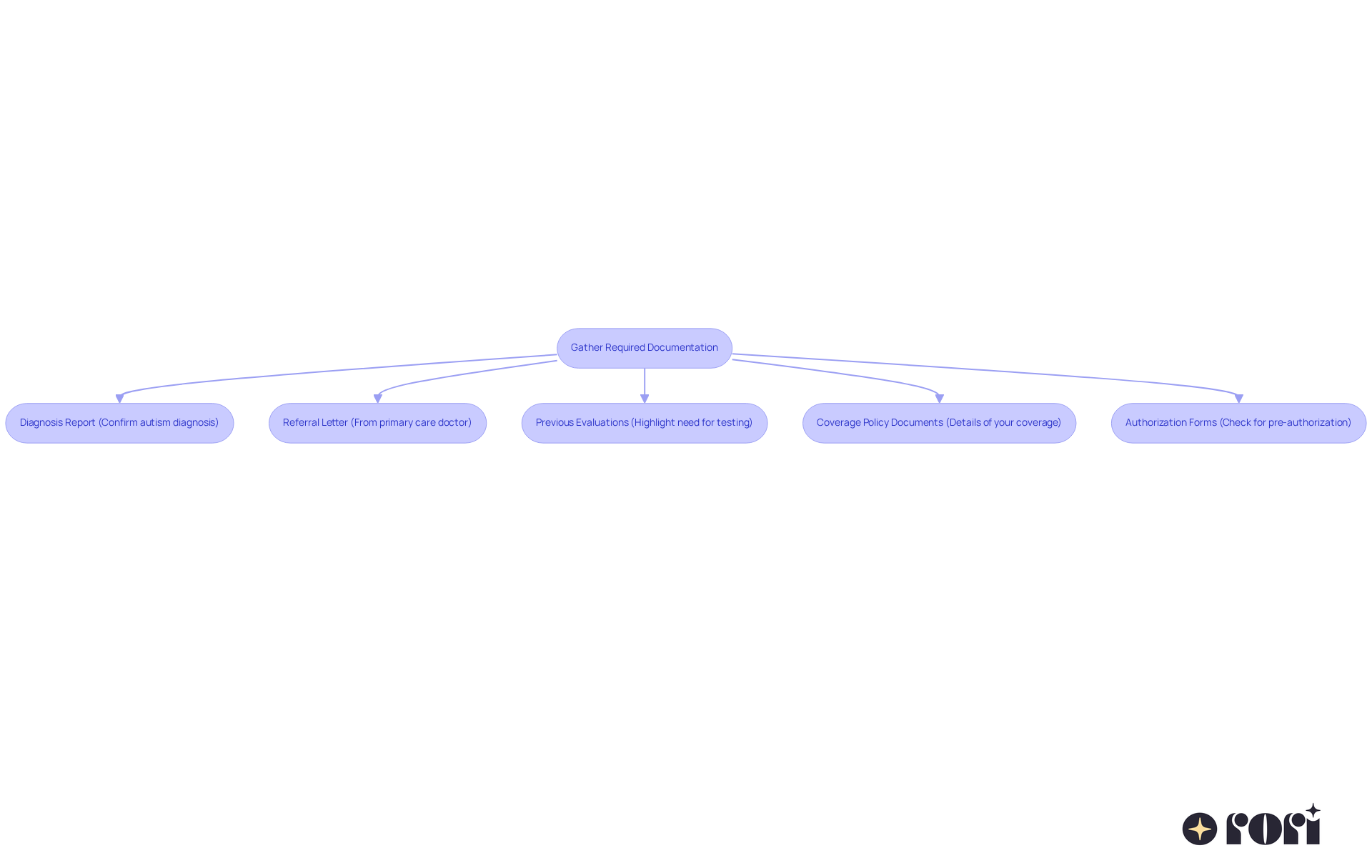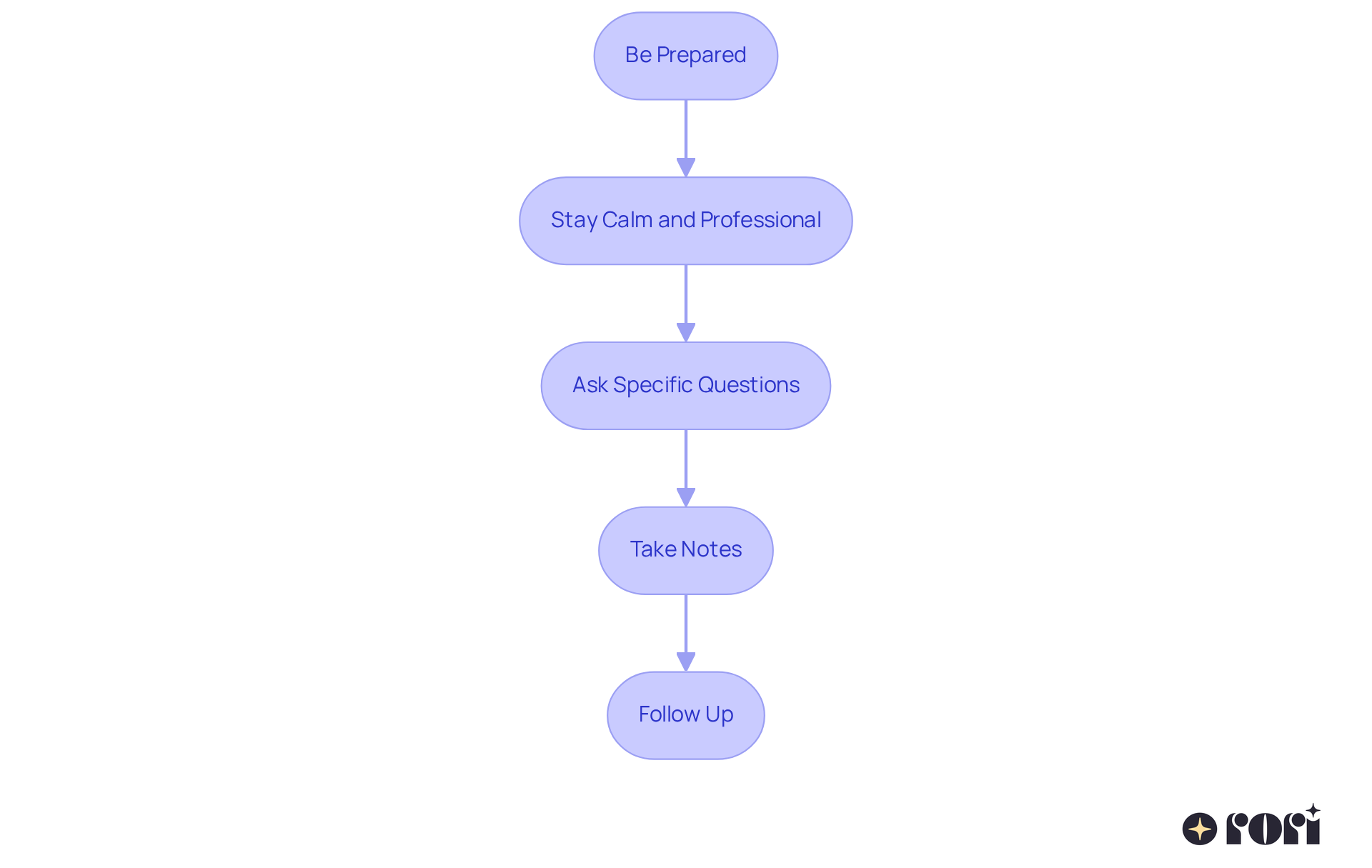Navigating the world of insurance can be a bit tricky, especially when it comes to something as important as ADOS testing for autism assessments. Many parents wonder if their insurance will cover these crucial evaluations. It’s essential to understand your insurance policy, gather the right documentation, and communicate effectively with your provider. This way, you can ensure that your family gets the support and services they need.
Let’s explore this together! Start by checking your insurance policy for specific coverage details. You might find that some plans do cover ADOS testing, but it’s always good to double-check. Gathering necessary documents, like referrals or previous evaluations, can make the process smoother. And don’t hesitate to reach out to your insurance provider with any questions. They’re there to help you navigate this journey!
Remember, you’re not alone in this. Many parents face similar challenges, and sharing experiences can be incredibly helpful. If you have any tips or stories about your own journey with insurance and autism assessments, we’d love to hear from you! Let’s keep the conversation going and support each other every step of the way.
Navigating the complexities of autism assessments can feel overwhelming, especially when it comes to understanding the financial side of things. Many parents wonder, "Will my insurance cover the costs of the Autism Diagnostic Observation Schedule (ADOS)?" This tool is essential for diagnosing autism spectrum disorder, yet the uncertainty around insurance can add to the stress.
In this guide, we’ll clarify the steps you can take to verify insurance coverage for ADOS testing. We’ll also highlight how being well-prepared and informed can make a big difference. So, how can you effectively advocate for your child's needs in the often confusing world of health insurance? Let’s explore this together!
The Autism Diagnostic Observation Schedule (ADOS) is a vital tool for assessing individuals for autism spectrum disorder (ASD). This structured assessment includes a series of activities that trained clinicians use to observe behaviors related to communication, social interaction, and play. Understanding this assessment is crucial for parents, as it not only aids in accurate autism diagnosis but also helps in crafting effective, individualized treatment plans tailored to each child's unique needs.
Recognized as the gold standard in autism evaluations, the ADOS provides reliable data that can significantly influence therapy and support services. Recent studies show that this tool has an impressive sensitivity of 92% in detecting ASD, highlighting its effectiveness in clinical settings. For instance, children diagnosed with ASD typically score an average of 12.85 on the assessment, showcasing how well it captures the nuances of autism symptoms.
It's important for parents to know that qualified professionals conduct the assessment, and its results can greatly impact the recommended interventions. For example, a child who scores high on the ADOS might be directed toward intensive behavioral therapies, while those with lower scores may benefit from different support strategies. By understanding the significance of this evaluation, parents can advocate effectively for their child's needs, ensuring they receive the right interventions and support for their development.
Additionally, educating caregivers plays a crucial role in this journey. When caregivers are equipped with knowledge of ABA principles and strategies, they can make informed decisions that enhance their child's progress and improve behavioral outcomes. This active involvement not only boosts professional interventions but also fosters a consistent and supportive environment, maximizing the impact of the assessment and subsequent therapies. While the ADOS is highly sensitive, it’s also important to note that its overall specificity is 57%, giving a balanced perspective on its effectiveness.
Let’s explore this together! Understanding these tools and strategies can make a world of difference for your child.

To confirm your protection for autism testing, start by taking a close look at your policy documents. Focus on the sections that talk about mental health services related to autism evaluations. Here’s a friendly guide to help you through:
Did you know that studies suggest around 50% of health plans are expected to include assessments for developmental disorders starting in 2025? This makes it even more crucial for parents to understand their options. Navigating health insurance for autism evaluations can feel like a maze, right? That’s why it’s so important to prepare and advocate for your child’s needs. If you’re part of the Federal Employee Health Benefits Program (FEHBP), be sure to check the specific details regarding autism therapy, as these can vary quite a bit by plan.
By arming yourself with knowledge about ABA principles and strategies, you can actively support your child’s behavioral goals. This way, you’ll be maximizing your health benefits and the services offered by Rori Care. Let’s explore this together!

When it comes to checking if ADOS testing is covered by insurance, gathering the right documents can make all the difference. Here’s a friendly guide to help you through the process:
Diagnosis Report: Start by getting a formal diagnosis report from a licensed psychologist or psychiatrist. This report confirms your dependent's autism spectrum disorder diagnosis and is key to showing the medical necessity for the assessment.
Referral Letter: If your health plan needs it, don’t forget to ask your child's primary care doctor or specialist for a referral letter. This little note can really help speed up the approval process!
Previous Evaluations: It’s a good idea to gather any past evaluations or assessments that highlight the need for ADOS testing. These documents can provide extra context and support your request.
Coverage Policy Documents: Keep your coverage policy documents handy, including the benefits summary and any relevant correspondence with your provider. Knowing your coverage details is super important for advocating effectively. As Rori Care's clinical leadership group says, 'Understanding your coverage choices can empower you to support your child’s needs.'
Authorization Forms: Check if your coverage requires any pre-authorization forms before you set up the testing. Filling these out correctly can help avoid any delays in getting approval.
By preparing these documents, you’ll be better equipped to navigate the coverage inquiry process, including understanding if ADOS testing is covered by insurance, ensuring you have the support needed for your child’s evaluation and treatment. Remember, Rori Care is here to help you confirm your benefits for autism services. We’re all about making communication with providers smooth and providing a quick verification timeline of 1-3 business days. Our commitment to neurodiversity and the success of young individuals drives us to offer the support you need throughout this journey. Let’s explore this together!

When it comes to discussing ADOS testing coverage with your insurance provider, there are some effective strategies that can really help you out:
Be Prepared: Before you make that call, gather all the necessary documentation. Think about your child's diagnosis report, referral letters, and any previous evaluations. Being prepared can really streamline the conversation and show that you’re serious about getting the support your child needs.
Stay Calm and Professional: It’s important to keep a composed and respectful tone throughout your discussion. A professional demeanor can foster a more collaborative relationship with the agent, which is key for effective communication.
Ask Specific Questions: Don’t hesitate to inquire directly about benefits for ADOS testing. Be sure to ask about any pre-authorization requirements and what documentation you’ll need to provide to determine if ADOS testing is covered by insurance. Clear questions can help avoid misunderstandings and ensure you get the information you need.
Take Notes: Make sure to document the details of your conversation. Jot down the representative's name, the date, and any specific information they provide. This record can be super helpful for future reference and follow-ups.
Follow Up: If you don’t get a satisfactory response or if more action is needed, don’t hesitate to follow up with the provider. Persistence can really pay off in making sure your request is processed appropriately.
Research shows that 42% of parents face challenges when communicating with providers about autism support. This highlights just how important these strategies can be! Plus, 42% of respondents noted that little or no communication from insurers is their top challenge, which underscores the need for effective communication. By advocating for your child's needs, you can navigate the complexities of insurance coverage more successfully.
Let’s explore this together! We’re here to help you every step of the way!

Navigating the world of autism assessments can feel overwhelming for parents, especially when it comes to understanding ADOS testing and insurance coverage. This guide shines a light on the Autism Diagnostic Observation Schedule, a vital tool for accurate diagnosis and personalized treatment plans. By staying informed, you can effectively advocate for your child's needs and ensure they get the support they deserve.
We’ve talked about some key steps, like:
It’s crucial to know your coverage options, gather important documents like diagnosis reports and referral letters, and keep a professional tone when discussing things with insurance reps. These steps can make a big difference in securing the support your child needs for evaluation and treatment.
While the journey to obtaining the right autism assessments and interventions can be tough, it’s so important for your child’s growth. We encourage you to take proactive steps in verifying insurance coverage for ADOS testing. Use the strategies we’ve shared to navigate this process smoothly. By advocating for your child and understanding your options, you empower yourself to make informed decisions that will positively shape their journey. Let’s explore this together! We’re here to help you every step of the way!
What is the Autism Diagnostic Observation Schedule (ADOS)?
The ADOS is a structured assessment tool used to evaluate individuals for autism spectrum disorder (ASD) through a series of activities that trained clinicians use to observe behaviors related to communication, social interaction, and play.
Why is the ADOS important for parents?
Understanding the ADOS is crucial for parents as it aids in accurate autism diagnosis and helps craft effective, individualized treatment plans tailored to each child's unique needs.
How effective is the ADOS in detecting autism?
The ADOS is recognized as the gold standard in autism evaluations, with a sensitivity of 92% in detecting ASD, indicating its effectiveness in clinical settings.
What does a typical score on the ADOS indicate?
Children diagnosed with ASD typically score an average of 12.85 on the assessment, showing how well it captures the nuances of autism symptoms.
Who conducts the ADOS assessment?
The ADOS assessment is conducted by qualified professionals.
How can ADOS results influence recommended interventions?
The results of the ADOS can significantly impact the recommended interventions; for instance, a child who scores high may be directed toward intensive behavioral therapies, while those with lower scores might benefit from different support strategies.
What role do caregivers play in the assessment process?
Educating caregivers about ABA principles and strategies enables them to make informed decisions that enhance their child's progress and improve behavioral outcomes, fostering a supportive environment for the child.
What is the specificity of the ADOS?
The overall specificity of the ADOS is 57%, providing a balanced perspective on its effectiveness in autism assessment.